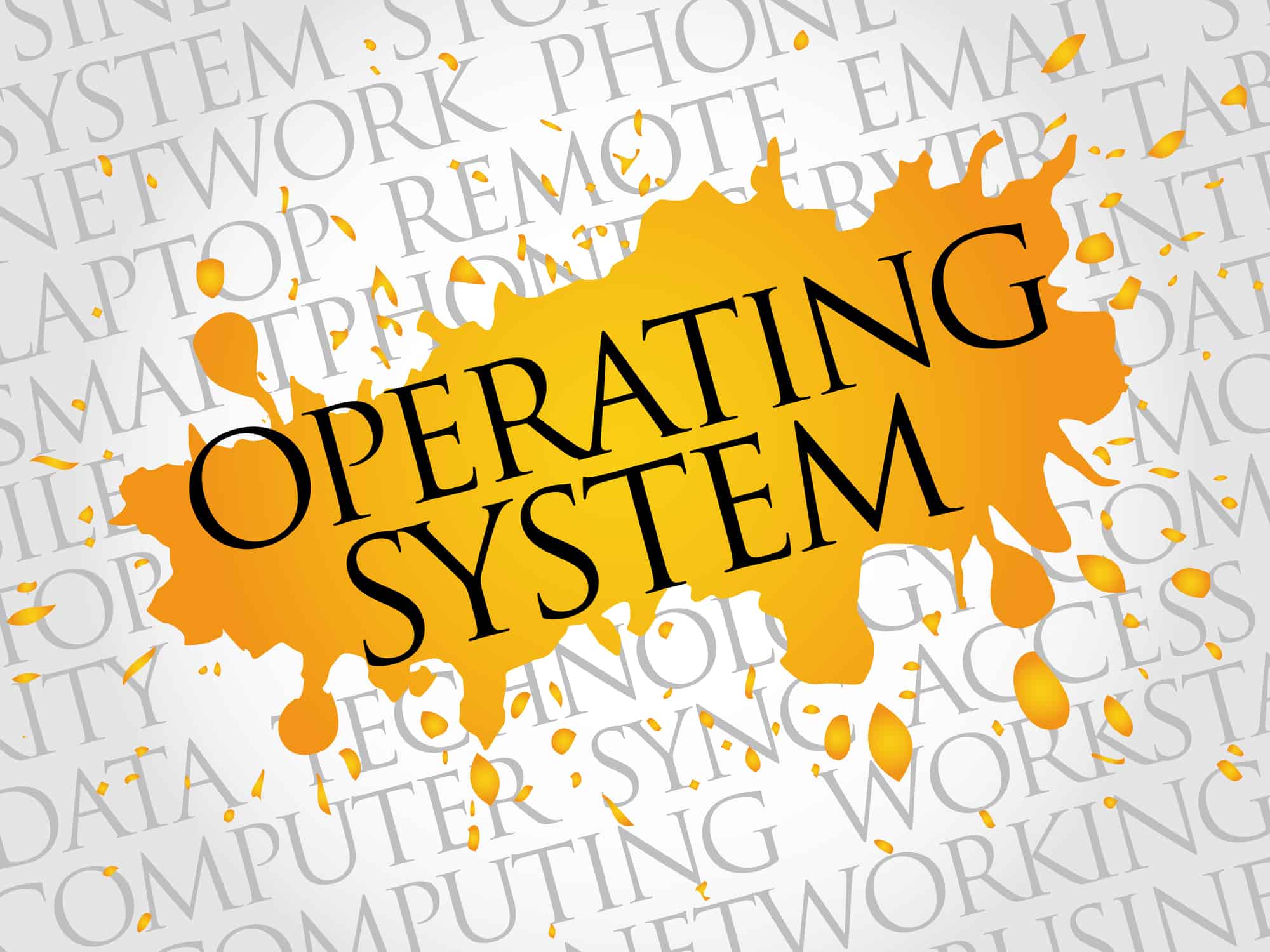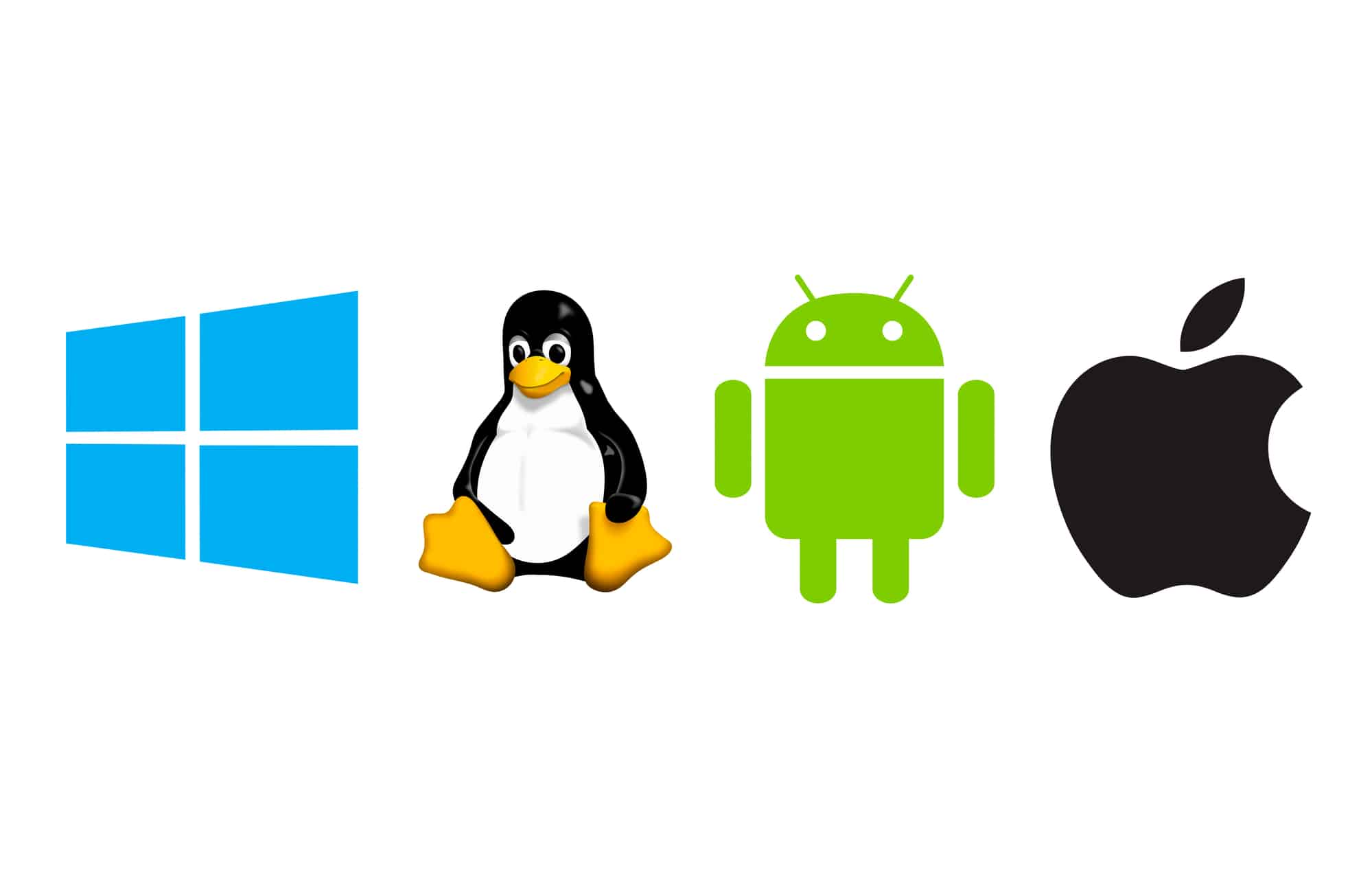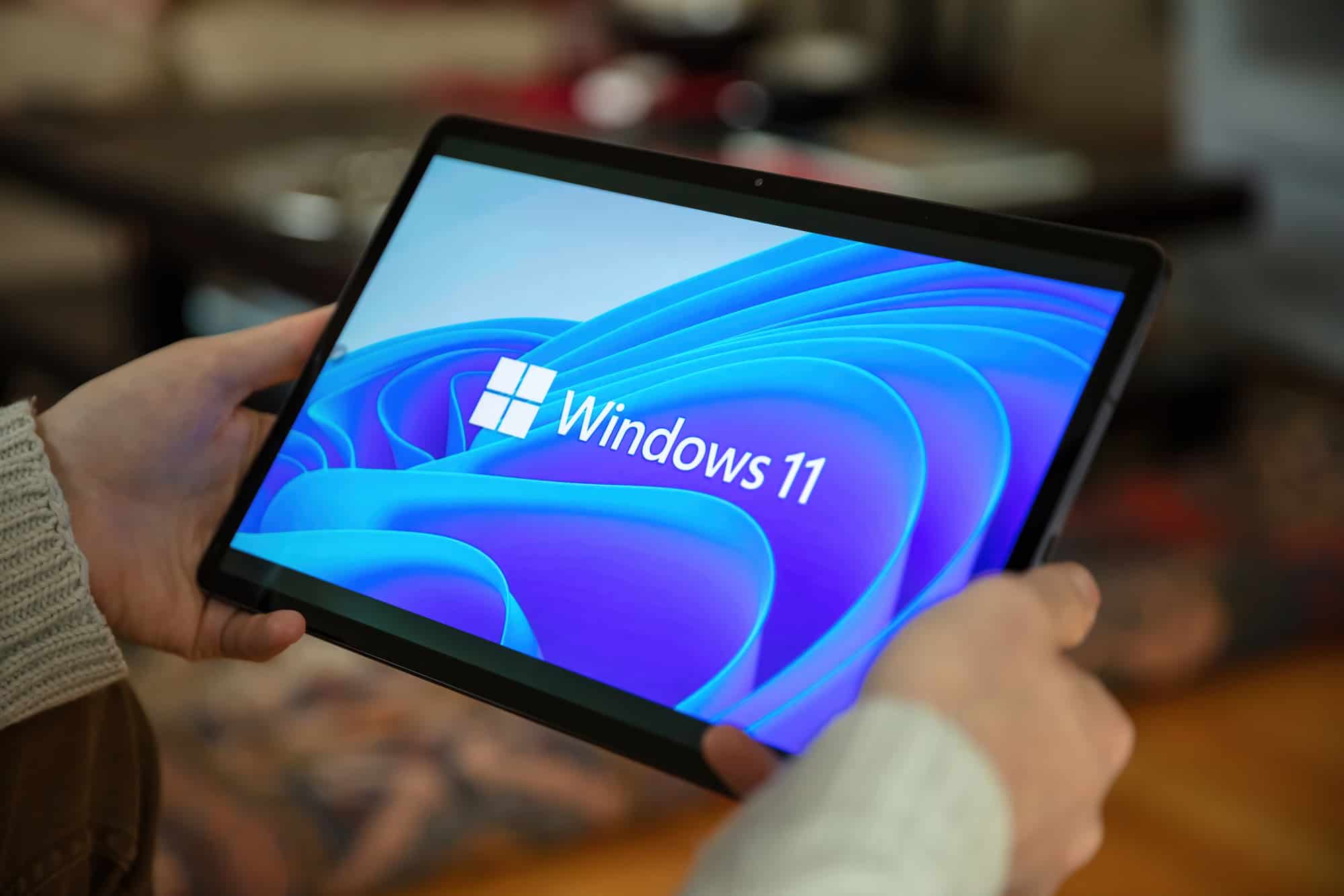
An operating system (commonly abbreviated with the terms OS) is a basic software used to manage the hardware and software resources of a computer. In other words, an operating system is the most important software on a PC that allows you to communicate with the latter without knowing how to speak the language of computers. Therefore, placing itself halfway between the hardware and all the remaining application software of the PC, the operating system represents a fundamental element without which any existing computer would become unusable.
What is an operating system for?
As already mentioned, the operating system manages all the hardware and software resources of a computer. Almost always, in fact, on a PC there are several programs running at the same time (called processes in jargon) and all must be able to access the processor, the central memory and the mass memory that make up the PC on duty. The task of an operating system is therefore to coordinate the necessary resources, controlling and managing both the hardware and the software, thus allowing those who use the computer to get what they need.
What a computer’s operating system manages
The operating system is able to manage all the general functions of the machine, from the graphic aspect of the display on the monitor, to writing and reading on and from disks, to the execution of various programs, to the reception and transmission of data. Obviously, various software are external to the operating system, such as antivirus, word processors, viewing and photo editing programs.
These are in fact programs that are loaded separately, after installing the operating system. Definitely, it can be said that while the individual software is used by the user to work, the operating system is used by the machine to function.
What a computer operating system is made of
An operating system consists of:
Kernel: it is the heart of the operating system. It is nothing more than a software that provides the modules that make up the system and the running programs, the inputs necessary to perform their functions. Usually the kernel plays a fundamental role in the functioning of the machine; however, there are cases in which this can delegate most of the tasks to the other parties, maintaining and managing only a few. In these cases we speak of micro-kernel.
The micro-kernel has the advantage of being simpler but the interaction with the parts threatens to slow down the system. A traditional Kernel system instead has integrated virtual memory, scheduler, file system managers and drivers for controlling all peripherals. Managing a traditional Kernel is more complex, but its functioning is better, faster and more efficient.
File system: is the way in which data is stored and archived within a memory, be it a hard disk or a CD-rom. There are several file systems, created for various operating systems or storage disks. In principle, however, there are two types of file systems: one for local drives, which deal with the organization of data within a disk; and one for files that need to be shared between multiple computers.
Scheduler: fundamental for multi-task operating systems, it takes care of carrying out a process, temporarily interrupting another. In fact, a processor can usually manage only one application at a time; with the scheduler you can make several tasks coexist.
memory manager: takes care of managing memory and distributing it among active processes. Memory management is essential to know how much memory is already occupied, and how much can still be distributed among the various processes. The memory manager regulates the processes, avoiding overlaps in the use of memory, and freeing the one occupied by processes that have suffered errors.
Swapping: it is a system through which it is possible to load a new process in memory, unloading the one already in use. In the memories there is a space suitable for these processes, which is called swap and which works a bit like the computer’s Ram.
virtual memory manager: takes care of mapping the virtual memory that is made available to the programs on the physical memory and hard disks of the system.
memory protection: it is a system designed to protect the memory. In fact, between one trial and another, this can suffer damage.
user interface: it is a program that allows the user to interact with the machine. There are two types of interfaces: command line ones and graphical interfaces (GUI).
Print Spooler: used to solve the problem of managing documents sent to the printer. The spooler accumulates the data sent to print in a special area of memory, then taking care of managing the entire process. This avoids wasting CPU to control the printing process, thus leaving other programs free to continue running, without slowing down. The spooler is now able to manage even more printers, selectable at will, or remote printing systems, that is, connected via network to the computer.
Types of computer operating systems
There are different types of operating systems, some very simple, others complex.
Monitor: is an operating system with a single kernel, with an interactive interface reduced to a minimum. It is absolutely the first operating system to be implemented on a computer and only allows you to save a program in memory and launch it.
interpreter: it is a slightly more advanced operating system than the Monitor, since it has a separate user interface from the kernel. It is, precisely, a system that “interprets” user commands and acts as a user interface.
Disk Operating Systems (DOS): this operating system uses mass memory and, to manage it, is equipped with a file system capable of organizing data in a precise way. The operating systems that reside in a memory disk (be it a floppy disk or a hard disk) are called Disk Operating Systems.
Multi-task system: exploits the “dead time” of the computer to run other programs. In fact, it has been realized that the CPU of a computer does not always work: there are moments of pause in which an input from the operator is expected. Taking advantage of this consideration, the multitasking operating systems, through a scheduler, run multiple processes, assigning them in turn to the CPU and putting a program on standby, waiting to receive an external input. Since multi-task systems need more memory, they usually use a virtual memory manager.
Multi-user system: it is based on the sharing of the interface by multiple users. In fact, it has been thought that if a computer is able to manage several programs at the same time, then it can also manage several users. Obviously there is a security problem, since it is advisable to distinguish the various users and make sure that they do not cause damage to the computer. The solution lies in assigning each user a different account: in this way each user works on his desk, with his programs, on his documents. Obviously, there is a hierarchy of users, so only the administrator will be able to perform activities considered “dangerous” or “at risk”.
Real-time operating system: it is used above all in the industrial field, that is where you want to get a response from the system in set times. Depending on the response times, real-time operating systems are divided into soft and hard.
Where is a computer’s operating system installed?
The operating system is installed in the mass memory of the computer (or, commonly, in the HDD or SSD) ready to be loaded by the BIOS into the main memory once the PC is started. For those who need it, two operating systems (in dual boot, pronounced dual but) or more operating systems can still be installed simultaneously on the same computer in order to choose which operating system to load at the PC startup.
What are the most popular operating systems?

Operating systems are usually preloaded on computers on the market, thus giving people the ability to immediately use the purchased computer with the supplied operating system. However, if one wishes, it is possible to update or even change the operating system already present in one’s PC.
Nowadays, almost all operating systems on the market use a graphical interface (also known as a GUI). A graphical interface allows you to use the PC via a mouse so that you can click on icons, buttons and menus clearly displayed on the screen thanks to a combination of graphics and text. However, the graphical interface of each operating system changes both in terms of visual appearance and interaction mode, so if you switch to a different operating system, the usage environment may be unfamiliar, especially during the early days. Despite this, modern operating systems are designed to be easy to use and most of the basic principles are the same for everyone.
Although there are so many PC operating systems, essentially the most commonly used are only three, namely Microsoft Windows , macOS and Linux.
Microsoft created the Windows operating system in the mid-1980s. There have been many versions of Windows, but the most recent are Windows 10 (released in 2015), Windows 8 (released in 2012), Windows 7 (released in 2009), and Windows Vista (released in 2007). Windows is already installed on most new PCs, desktops and laptops, which helps make it the most popular operating system in the world.
macOS is a line of operating systems created by Apple that is preloaded on all Macintosh computers commonly abbreviated to Mac . Some of the most popular versions of macOS are 10.14 (released in 2018), 10.13 (released in 2017) and 10.12 (released in 2016).
According to the StatCounter Global Stats website, which analyzes web traffic, macOS users represent less than 10% of operating systems globally, which is a much lower percentage than that of users who use Windows (which according to same site turns out to be over 80%). One reason for this difference is that Apple computers tend to be more expensive than others. However, many people prefer to use the same macOS instead of Windows simply because they are more comfortable with macOS.
Linux is a family of open source operating systems which means that they can be modified and / or distributed by anyone who has the skills to do so. This possibility does not happen instead for proprietary software, such as Windows, which can therefore only be modified by the company that owns it. The advantages of a Linux operating system are that it is completely free and that there are many distributions, i.e. versions, to choose from. According to the StatCounter Global Stats website, Linux users represent less than 2% of operating systems globally. However, most existing servers run a Linux distribution since the latter allows for relatively easy customization of the operating system.
Operating systems for mobile devices
The operating systems discussed so far have been designed to work exclusively on desktop and notebook computers. Mobile devices such as cell phones, smartphones, tablets and MP3 players are different from desktop computers and notebooks, so they must run operating systems designed specifically for those devices.
Among the most popular operating systems for mobile devices (also called mobile OS) are iOS ,iPadOS and Android. Mobile operating systems are generally not as comprehensive as those made for traditional computers, nor are they capable of running the same applications designed for regular computers. Despite this, with an operating system for mobile devices it is still possible to do all the essential things that can be done with any PC, such as watching movies, surfing the Internet, managing e-mails, playing video games, writing documents, reading. some books, listening to music, and other things like that.
What you need to know to choose the right operating system

In order for a computer to function properly, it is essential to check the compatibility between motherboard-processor and operating system at the time of purchase. Also, later, when you buy a new program, you should make sure that it is compatible with the operating system installed on your computer. As for Microsoft, there is also a problem of incompatibility between the different editions of a program: for example, Office 2007 is not compatible with 97 and 2003. For this reason, in order to see the document with all the available versions, it is advisable save it in compatibility mode.
At this point, therefore, you should have finally understood what an operating system is.
